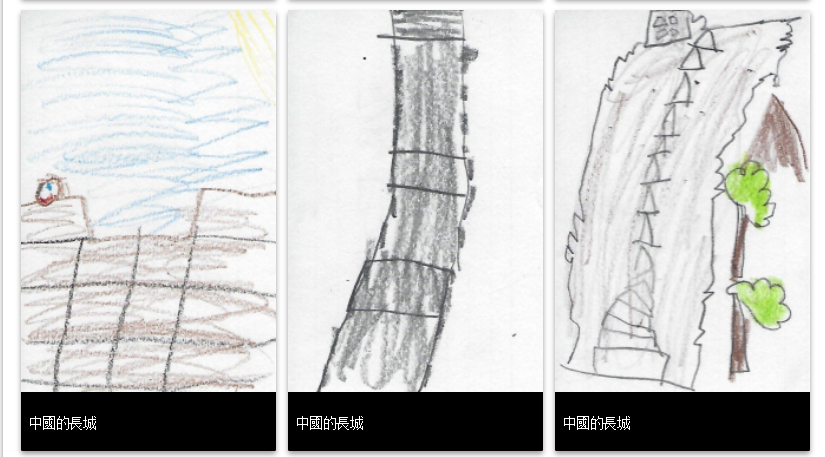Emily Pierce, Deep Run High School
Working with a partner, students create historically authentic documents reflecting many aspects of World War I as witnessed and communicated by people alive during the time. While adopting assumed personas, students create narratives and compile letters and artifacts (newspaper clippings, telegrams, photographs, drawings, etc.,) into a “Jolly Postman book” – similar to what might be discovered in an attic. Once the letters and supporting artifacts are created, students digitize the memory books to preserve them for future generations. The physical collections are shared with members of the class who provide high quality descriptive feedback to the teams online. Through the school librarians’ and the teacher’s support, students were exposed to academically appropriate searches of information; they were shown how to evaluate the validity of such information and were encouraged to organize their research to create historically accurate letters and artifacts of the times. On an ongoing basis, students postulated, researched, and answered questions to truthfully and effectively convey the stories via their letters. As a result, this lesson is rated as Approaching. Students worked in pairs using Google Docs to share tasks and to create and store their documents. Each team’s physical books were digitized and shared with other members of the class who in term provided feedback about the projects via online forms. As there was communication and collaboration both within teams and throughout the class, this lesson is rated as nearly Approaching. Students were charged with authentic demanding tasks: demonstrate levels of understanding regarding many facts and issues of World War I by creating narratives through the exchange of personal letters. In order to make their stories ring true, students had to constantly decide when and how to weave in fact and fiction. Such decisions are the essence of critical thinking and result in this lesson being rated as Approaching. In order to demonstrate understanding of historical facts as well as the effects of the First World War on soldiers and civilians, students had to role play, had to think creatively, had to fashion narratives, and had to convey accurate stories while blending in elements of fiction. Due to the high levels of student creativity and synthesis of information, this lesson is rated as Approaching.Summary
TIPC Ratings
Student Artifact





